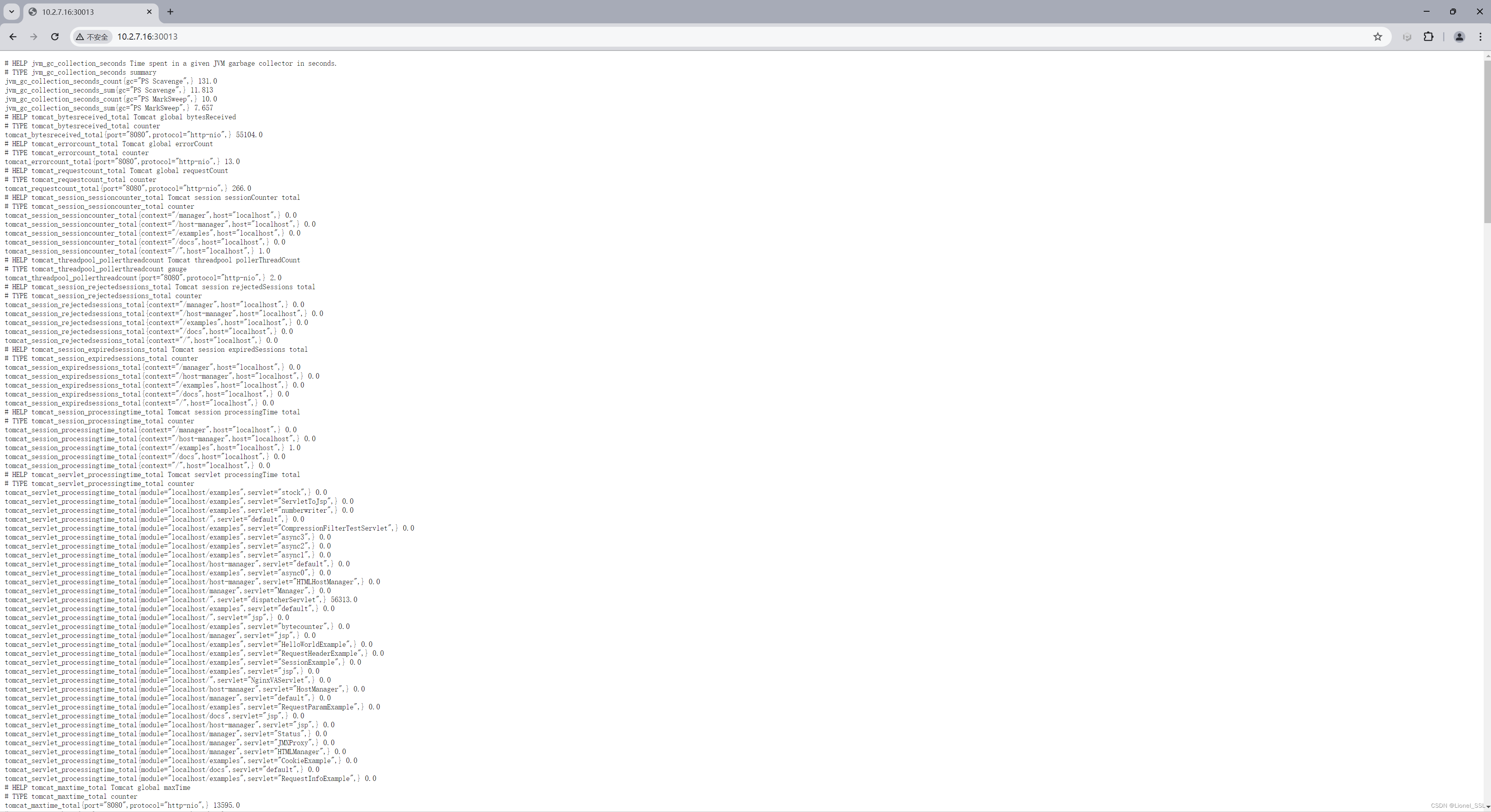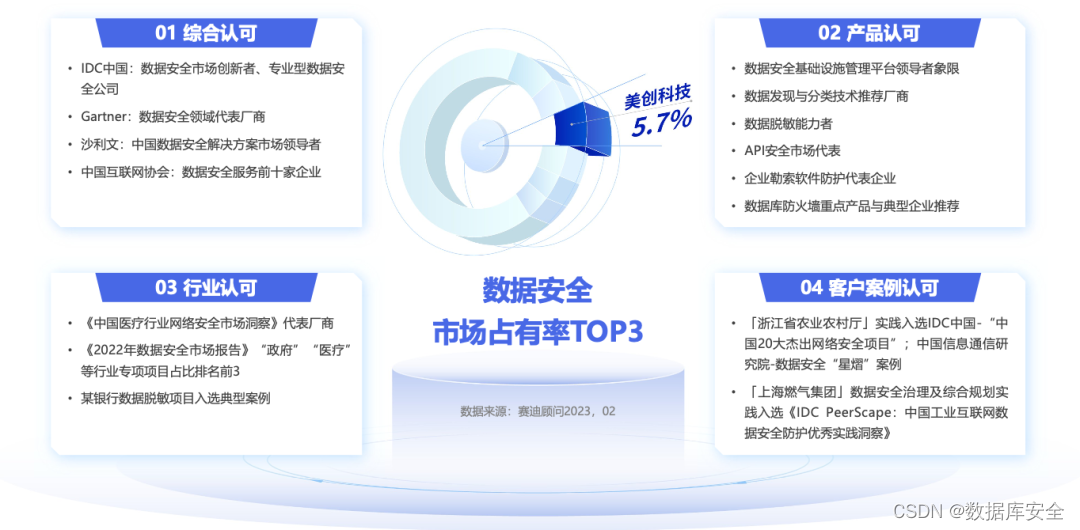过滤器这个是.Net MVC旧有的功能,中间件这个概念是新出的,
ASP.NET Core只是完成了HTTP请求调度、报文解析等必要的工作,像检查用户身份、设置缓存报文头等操作都是在中间件中完成,中间件就是ASP.NET Core的一个组件,由前逻辑、next、后逻辑3部分组成,多个中间件组成一个管道,一个系统中可以有多个管道。ASP.NET Core执行的过程就是http请求和响应按照中间件组装的顺序在中间件之间流转的过程。
以前有封装过滤器进行用户身份检查、预处理请求数据,中间件的同样能完成,中间件的范围更广
var builder = WebApplication.CreateBuilder(args);
var app = builder.Build();
//定义了对/test路径请求的处理,4-22为一个管道
app.Map("/test", async appbuilder => {//声明第一个中间件appbuilder.Use(async (context, next) => {context.Response.ContentType = "text/html";await context.Response.WriteAsync("1 Start<br/>");await next.Invoke();//执行下一个中间件await context.Response.WriteAsync("1 End<br/>");});//声明第二个中间件appbuilder.Use(async (context, next) => {await context.Response.WriteAsync("2 Start<br/>");await next.Invoke();await context.Response.WriteAsync("2 End<br/>");});//中间件执行完成后,执行runappbuilder.Run(async ctx => {await ctx.Response.WriteAsync("hello middleware <br/>");});
});
app.Run();
//注意,如果在中间件中使用ctx.Response.WriteAsync等方式向客户端发送响应,我们就不能
//再执行next.Invoke了把请求转到其他中间件了,因为其他中间件可能会对response进行了修改
//该案例仅仅当做演示
public class CheckAndParsingMiddleware
{private readonly RequestDelegate next;public CheckAndParsingMiddleware(RequestDelegate next){this.next = next;}//中间件的前逻辑、next、后逻辑都在这里public async Task InvokeAsync(HttpContext context){string pwd = context.Request.Query["password"];if (pwd=="123"){context.Items["BodyJson"] = "hellowrld";await next(context);//传递到下一个中间件}else{context.Response.StatusCode = 401;//不会传递到下一个中间件}}
}
var builder = WebApplication.CreateBuilder(args);
var app = builder.Build();
app.Map("/test", async appbuilder => {appbuilder.UseMiddleware<CheckAndParsingMiddleware>();//按注册顺序,执行中间件类的Invoke方法appbuilder.Run(async ctx => {Console.WriteLine("run start");ctx.Response.ContentType = "text/html";ctx.Response.StatusCode = 200;//HttpContext.Item在同一次请求中是共享的,用它来实现中间件之间数据的传递await ctx.Response.WriteAsync(ctx.Items["BodyJson"].ToString());Console.WriteLine("run end");});
});
app.Run();




